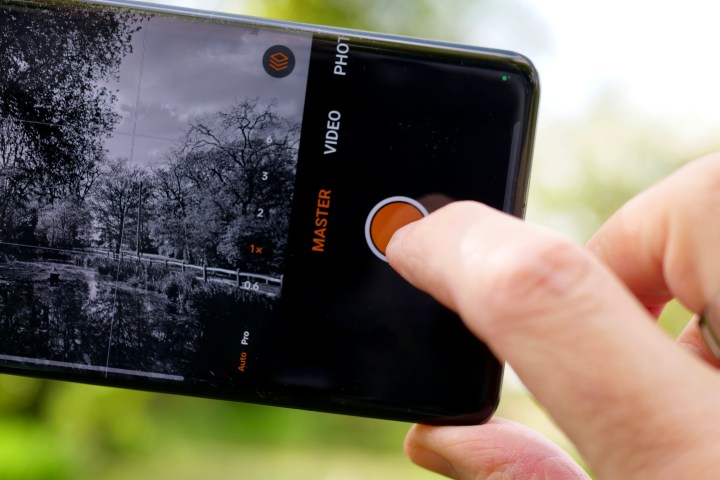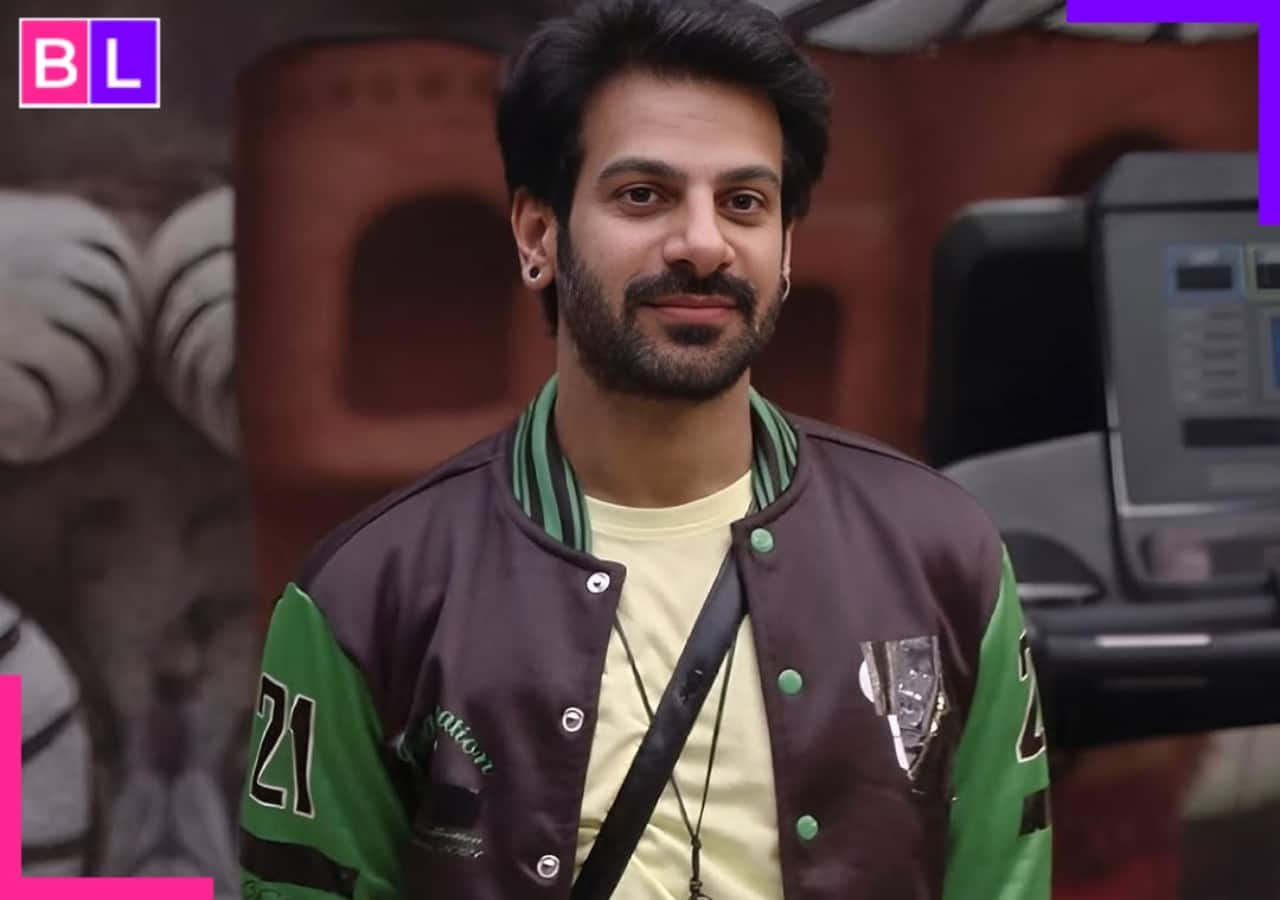I don’t usually mess around with Pro modes in smartphone camera apps much. I’m not a “pro,” so they rarely seem relevant, and the combination of an effective auto mode and a great editing platform usually means I end up with a photo I’m pleased with anyway.
But that all changed when I tried Master Mode on the OnePlus 12. Yes, it’s a Pro mode in disguise, but it has an unusual and quite specific feature set that has helped me create photos I love and furthered my own photographic style far more than most other phones I’ve used recently.
Personal photographic style

The photos (not of the phone) throughout this article have all been taken using Master Mode on the OnePlus 12. But before talking about what it is I like about it, I want to talk about the phrase “photographic style” I mentioned above, as I think Master Mode is effective at furthering it. What is a photographic style? Photographer Kate Garibaldi put it best in this piece, saying, “As a photographer, style can be described as a repeating pattern that carries through your artwork like a fingerprint.”
It sounds rather grandiose, especially when I certainly don’t consider the photos I take to be “art,” but this description fits in really well with what Master Mode makes possible. It helped give my photos a very specific look and show the particular atmosphere I had in my mind when I took the image. The difference between it and editing an existing photo to achieve the same effect is that Master Mode does it all in real time. It’s a very different experience.

What about the look of these photos? I’d be lying if I said the style I’ve been fostering with the OnePlus 12’s Master Mode was entirely my own creation, but its beginnings also come from another brilliant smartphone camera. It has evolved from an enlightening photo tour I had in 2018 with Huawei and the P20 Pro, where photographer Bobby Anwar shared his tips on street photography and revealed how he used the phone to shoot in his own style.
I was already in love with monochrome photography at the time, and the tour made a significant enough impression that I’ve always remembered it. However, I only occasionally sought to use the advice as inspiration for my own style. Unexpectedly, Master Mode reawakened that drive, and I’m so pleased it did.
What is Master Mode?

Master Mode wasn’t available on the OnePlus 12 at launch. It arrived in a software update at the beginning of March, which was just before I extensively used the phone for the first time. I almost ignored Master Mode as it sounded like every other Pro mode; you can manually alter the shutter speed, ISO, and white balance, and use manual focus with focus peaking. But then I saw it had both a Pro and an Auto mode, plus Hasselblad color tuning, and I became intrigued.
The Pro side of Master Mode is surprisingly simple to use, and it’s amazing at bringing out the wonderful Hasselblad colors. But it’s the Auto mode that turned out to be the game changer for me. The OnePlus 12 still takes care of the mechanics of the photo, and you can use all cameras as usual. However, you can also alter the saturation, contrast, and sharpness levels in real time, so I can create exactly the atmosphere I had in my mind right then and there.

Using it, I can strip away the colors and dynamically set the contrast at the same time as I frame and compose the shot, creating my own beyond-monochrome images in the style I want instead of applying filters and editing later on. Switch to Pro mode, and I can do all this, plus alter the exposure and focus.
Some may consider it sacrilege that I don’t shoot in color, considering Hasselblad’s tuning, but this misses what makes Master Mode so good — it lets you take photos exactly the way you want thanks to its extensive level of customization while not having to get too technical in the process if you don’t want to.
Enjoying the creative opportunity

Photography is a creative pursuit, and I love cameras that actively encourage creativity, whether it’s through new hardware types, clever features, or carefully considered accessories. The OnePlus Master Mode is a perfect example of a software mode that made me want to be creative. I’ve shot many photos over the past week, often just with tiny differences between them, as I try to find the one that works best and fits with the image I have in my mind.
What I’ve been doing to create my beyond-monochrome photos is simple. In Auto mode, I leave the vignette and sharpness alone as the default setting is fine, then turn the saturation right down and play with the contrast setting. In Pro mode, I use the exposure slider to darken the scene, making it ready for editing the image afterward.
I shot mostly during the daytime and liked how Master Mode made me look at my surroundings differently as I searched for that ideal photo opportunity to exploit its ability. I shot objects and situations in ways I wouldn’t usually consider, just to see what worked. Aside from cropping the images later on, I didn’t do any other editing. The photos were all created in the camera, at the time I took the photo.
I’m not claiming the results are the best photos ever, that they do something different from everyone else, or are uniquely able to be generated by Master Mode on the OnePlus 12. Instead, it’s about how they are photos I would never have taken without discovering Master Mode, how much I enjoyed the process of doing it in real time rather than with an editing app — and the creativity and memories it all sparked.
Out of my comfort zone

The OnePlus 12’s Master Mode took me out of my photographic comfort zone, and that’s a rare and desirable thing. I thought more about the photos I wanted to capture than usual and challenged myself to use the Pro mode settings more, too, even though Master Mode in Auto mostly produced the desired effect.
How has it influenced my own personal photographic style? I’m not sure if I’ll ever have a single style, as I’m not selling my work as an artist. But Master Mode has taught me a lot about how I want to take photos and how I like them to look. The style and techniques it helped me hone will likely be incorporated into an ever-evolving look that I personally appreciate — and which I may eventually call my own.

That’s what makes it a really exciting feature and the first Pro mode I’ve ever wanted to use more than once. It’s very accessible and an ideal midpoint between standard auto mode and the full-fledged Pro mode that allows you to take small steps toward seeing what’s really possible with your phone’s camera — and just how far your own creativity and that gained from previous inspirations can take you.
Editors’ Recommendations







